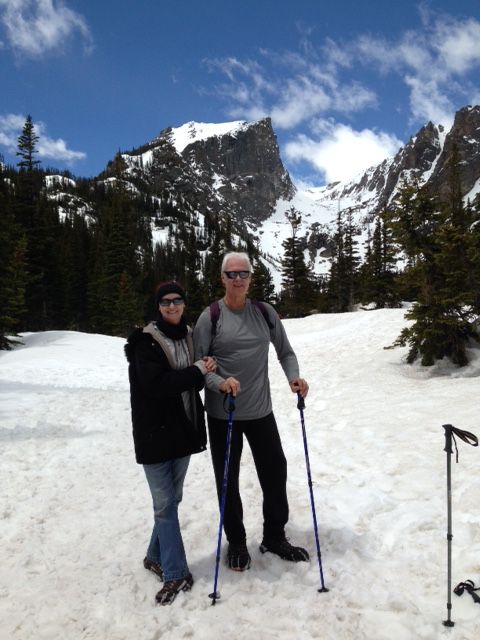Author: Cheryl
The balance challenge continues….
Written by Cheryl on . Posted in Fit Tips.
Balance, perturbations, and neuroplasticity….
Written by Cheryl on . Posted in Uncategorized.
From fear of falling to fearless falling.
Written by Cheryl on . Posted in Uncategorized.
Sense of smell. How neuroplasticity saved the day.
Written by Cheryl on . Posted in Cheryl's View.
So….why Pilates and how can it help you?
Written by Cheryl on . Posted in Uncategorized.
Strong arms, soft shoulders.
Written by Cheryl on . Posted in Feldenkrais.
It’s time….for the pelvic clock.
Written by Cheryl on . Posted in Uncategorized.
Expand your world with spinal flexibility.
Written by Cheryl on . Posted in Uncategorized.
Don’t worry….be happy!
Written by Cheryl on . Posted in Uncategorized.
Cheryl Ilov International
Email: info@Cherylilov.com






